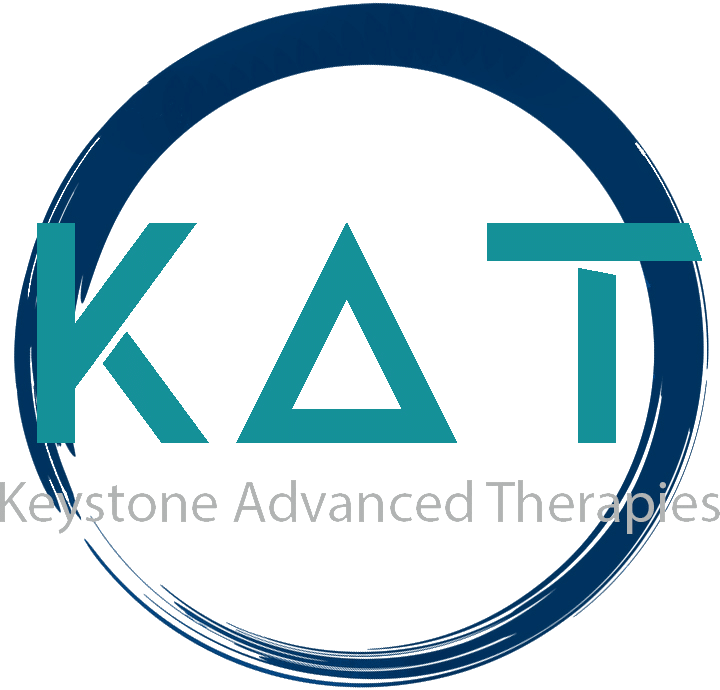Ketamine Therapy – Oral vs IV
Dr. Scot Depue
ADMINISTRATION
Oral Ketamine Therapy:
- Form: Oral ketamine is usually administered as a tablet usually taken sublingually
- Dosage: The dosage for oral ketamine needs to be much higher compared to IV ketamine due to the lower bioavailability when taken orally.
- Convenience: Oral administration is generally more convenient and less invasive, making it suitable for at-home use or outpatient settings. However there are no safety measures and people can attempt experiences with the ketamine in unsafe surroundings.
Ketamine was a go to pedicatric sedative when I was an Emergency Physician for 29 years. We tried to find ways to use it without placing an IV. We tried squirting it up little noses, squirting it up litle butts, poured over ice cream or frozen in popsicles. Best description – it kind of worked, sometimes.
IV Ketamine Therapy:
- Form: Administered directly into the bloodstream through an intravenous (IV) infusion.
- Dosage: Lower doses are required because of higher bioavailability and immediate absorption into the bloodstream. My patients notice a 5 mg increase in dose.
- Procedure: Requires a clinical setting with medical supervision and physiologic monitoring to manage the infusion process with availability of rescue meds and a open IV to administer them. This is the way all ketamine is used in medical settings. 99 percent IV and 1 percent IM when an IV is not available
Pharmacokinetics
Oral Ketamine Therapy:
- Absorption: Slower absorption through the gastrointestinal tract, with variable bioavailability ranging from 0 to \30%.
- Onset: Slower onset of action, typically 30 minutes to 2 hours after ingestion.
- Duration: Effects may last longer due to the slower absorption and metabolism.
IV Ketamine Therapy:
- Absorption: Immediate absorption into the bloodstream with almost 100% bioavailability.
- Onset: Rapid onset of action, usually within minutes.
- Duration: Effects are shorter-lived compared to oral administration, often wearing off within an hour after the infusion ends.
Efficacy
Oral Ketamine Therapy:
- Effectiveness: Can be effective for treating chronic pain, depression, and PTSD, but may require higher and more frequent dosing.
- Studies: Fewer clinical studies compared to IV therapy, though some research supports its use in certain conditions.
IV Ketamine Therapy:
- Effectiveness: Well-documented efficacy for treatment-resistant depression, severe anxiety disorders, chronic pain, and PTSD.
- Studies: Numerous studies and clinical trials have established its effectiveness and safety profile.
Safety
Oral Ketamine Therapy:
- Side Effects: May include nausea, dizziness, drowsiness, and gastrointestinal discomfort. Potential for misuse if not properly monitored.
Monitoring: Less stringent monitoring required compared to IV therapy, though periodic medical evaluations are necessary.
IV Ketamine Therapy:
- Side Effects: May include dissociation, elevated blood pressure, nausea, and, rarely, respiratory depression. Requires immediate medical supervision to manage potential adverse effects.
Monitoring: Continuous monitoring during infusion for vital signs and possible side effects, making it a safer option in terms of controlled administration and availability of rescue medications
Patient Experience
Oral Ketamine Therapy:
- Convenience: More convenient for patients who prefer at-home treatment or have difficulty accessing a clinic.
Comfort: Less invasive, no need for needles or IV lines.
IV Ketamine Therapy:
- Supervision: Provides a controlled environment with immediate medical support, which can be reassuring for some patients.
Experience: The rapid onset of action can be more pronounced and intense, which might be beneficial for acute symptom relief but can also be unsettling for some patients.
Conclusion
Both oral and IV ketamine therapies have their respective advantages and limitations. Oral ketamine offers convenience and ease of use, making it suitable for long-term management of certain conditions. IV ketamine, on the other hand, provides rapid and potent effects under controlled medical supervision, making it ideal for acute interventions and treatment-resistant cases. The choice between the two should be based on the specific needs of the patient, the condition being treated, and the available medical infrastructure. Also having done almost 5000 ketamine infusions since 2017 I have honed my practice to allow greater success – patients with personalities that would not relax enough to let the medicine work used to be failures but not anymore.









